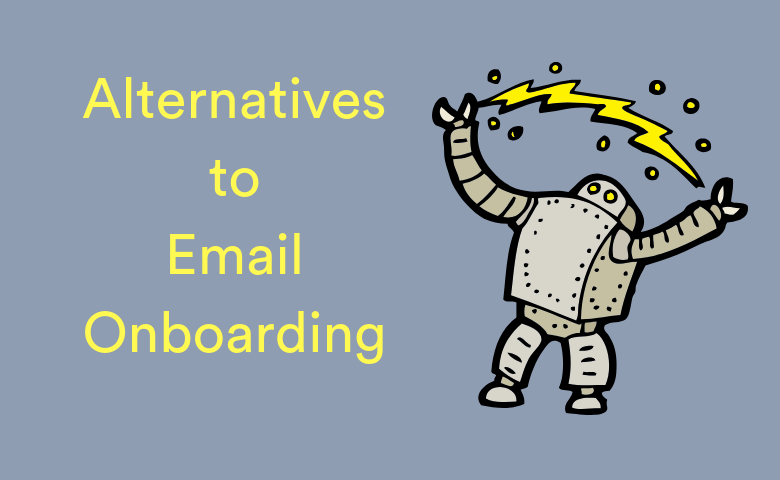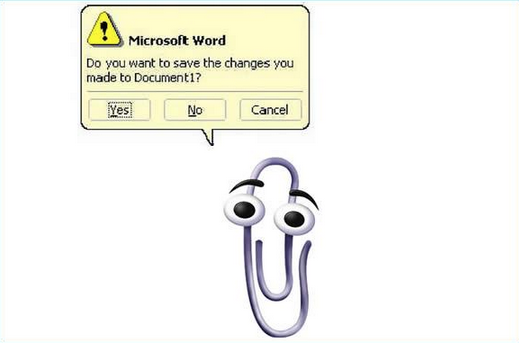
Alternatives to Email Onboarding

Email onboarding is the bread and butter of any SaaS business's onboarding process. But there's no need to stop at emails! There's a whole world of alternatives to email onboarding. Using these methods will help round out your onboarding strategy and have your users hooked in no time!
In-app onboarding
A common strategy for software products is to include part or all of the onboarding process within the software. This strategy has the advantage of keeping the whole process within the app, rather than relying on external channels. This means that users are learning about your software during their first time using it, making the onboarding process more streamlined and keeping them in the software. A good in-app onboarding process seamlessly teaches your users how to use your software, without them even realizing it.
There are many ways you can implement in-app onboarding. Some of the most common are tours, tooltips, and bots. These methods all have strengths and weaknesses, which can be anywhere from amazing to catastrophic. It all depends on how you use them!
- Product tours are a great way to give your user a broad overview of how everything works. They allow your user to already know where to find core features before they've even started using the software. Tours can take the form of introductory screens, text pop-ups, or videos. However, they also come with a big caveat. If your tours are too long, and there's no option for the user to skip them, they'll probably do more harm than good! You can have too much of a good thing, and many users will give up rather than sit through an unskippable, detailed tour.
- Tooltips allow you to highlight key features and add extra information. Unlike a tour, which shows the user these features in isolation, tooltips let users discover them within the context of using the app. They can be less obtrusive than product tours and can help users learn better by allowing them to learn while doing. However, like tours, they should also be used in moderation. Having multiple tooltips on the same screen, or having too many, will annoy your user rather than educating them.
- Bots in onboarding got off to a rough start with Clippy, the infamously annoying Microsoft Office Assistant. Paperclips notwithstanding, this can be a helpful way to help out your users during their onboarding process. Well-designed bots can provide your users with answers to common questions they may have, lowering support costs and allowing them to solve their problems faster. But a word of warning: bot designers should learn from Clippy's downfall. What's super useful for a user the first time they do something becomes infuriating if you're still offering to help on the twentieth time!

Beware of bots who won't shut up!
Using content for onboarding
In-app onboarding is a great way for users to find their way around your software. However, what if they want to go back weeks or months later and find a tip they saw during their onboarding process? It could be difficult for them to remember where it was or how to access it. A great way to get around this is to create content that will provide users with tips and guidance in using your product. This could take the form of blogs, videos, tutorials, infographics, or any other kind of content you want to create. This allows new users to go through and find tips at their own pace, as well as meaning seasoned users know where to come back and find specific help.
Having said that, don't confuse a blog for a complete onboarding strategy. It's definitely a super helpful resource for your users. However, it's also far too much effort to expect new users to trawl through your blog before they use your software for the first time. A blog or video series can't replace other onboarding strategies; what it can do is provide a great backup and give your users the autonomy to solve problems on their own.
Demos and training
If you're running a smaller business, or you have a particularly valuable prospect, one-on-one demos or training are a way to provide a truly phenomenal onboarding experience. Giving your users a real person to talk to and who is an expert in your software is an onboarding experience that just can't be replicated by an automated onboarding sequence. There are obvious drawbacks to this method. It's expensive, it's not scalable, and it's impractical once your business grows beyond a certain size. However, if you really want to close a particular sale, this is a great tactic.



